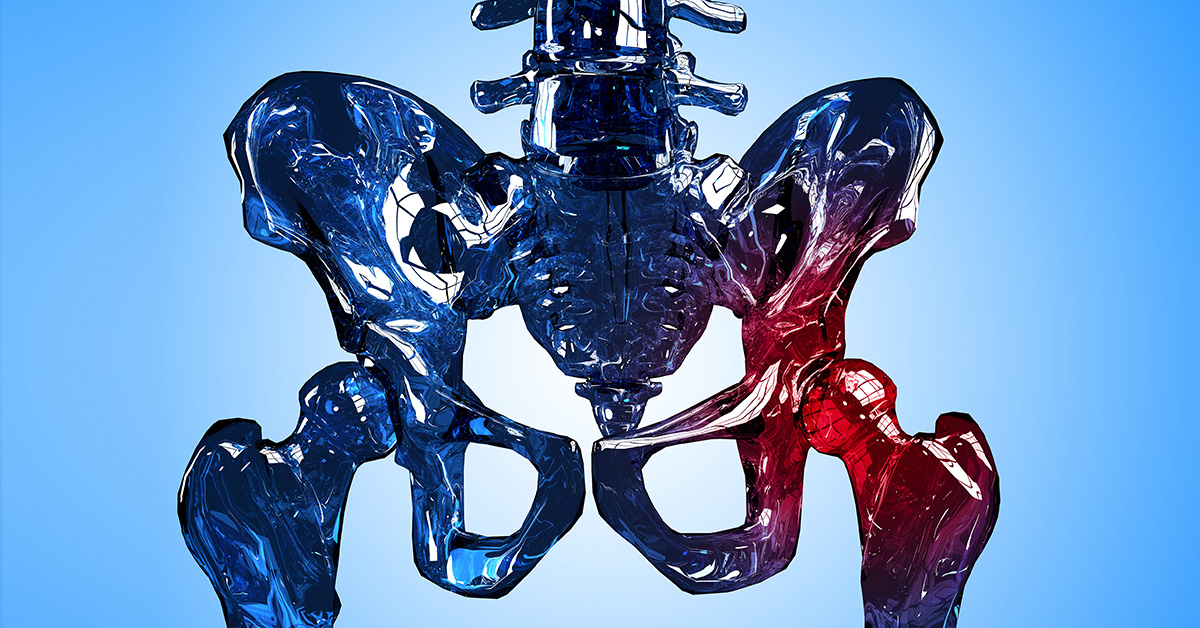Radiofrequency ablation for osteoid osteoma is used to treat a type of bone tumor

What is Radiofrequency Ablation for Osteoid Osteoma?
Radiofrequency ablation has emerged as the treatment of choice for osteoid osteoma. Ablation refers to destruction of the tissue and in radiofrequency ablation, the tissue is destroyed using radiofrequency waves. The advantage of the procedure is that it can be performed on an outpatient basis and is minimally invasive.
Who needs Radiofrequency Ablation for Osteoid Osteoma?
An osteoid osteoma is a bone tumor that is usually seen in the legs of children and young adults. It is a benign tumor that commonly presents with pain at night that can disturb the sleep of the patient. The pain is effectively relieved by aspirin and non-steroidal anti-inflammatory drugs. It is diagnosed by x-ray though additional tests such as a CT scan. Bone scan may also be required.
What are the steps in Radiofrequency Ablation for Osteoid Osteoma?
Preparing for the Procedure
Once an osteoid osteoma is diagnosed, consent is obtained from the patient to perform radiofrequency ablation. It is performed under general anesthetic and can take a few hours to conduct.
Inserting the Needle
The area where radiofrequency ablation will be conducted is cleaned with an antiseptic solution. A sterile needle is drilled through the bone into the osteoid osteoma. Through this needle, the radiofrequency ablation catheter is introduced and positioned at the center of the osteoid osteoma.
Transmitting the Radiofrequency Waves
Radiofrequency waves are transmitted through this probe all the way to the tip and heat is generated within the osteoid osteoma. Temperatures reach up to 90°C and this is held in position for 4 to 6 minutes. Following this, the probe and needle are removed and a bandage is applied to the area.
After Surgery
Following the procedure, the patient may experience mild pain and discomfort at the site. Regular painkillers can help control this pain. Patients will notice that the pain due to osteoid osteoma will have disappeared. Patients are advised to rest for up to a week at home, following which they can resume their regular daily activities. If the tumor has involved the lower limbs, patients may be advised to avoid any weight bearing activities, such as running and jumping, for a few months.
The main benefit is that the procedure is minimally invasive, requires no hospital stay and only takes a short while to complete. Results are usually very good, and reports have suggested success in up to 95% of cases. Pain is treated effectively and patients find great relief following this treatment.
Any risks involved with this procedure are usually related to the general anesthetic. The risks from the procedure itself are low and can include mild bleeding at the site of the procedure and some pain which usually resolves with painkillers. Patients may experience mild skin burns though this is rare.
Radiofrequency ablation for osteoid osteoma may not be offered if a safe distance is not achievable between the radiofrequency probe and any blood vessels and nerves that lie close to the osteoid osteoma.

